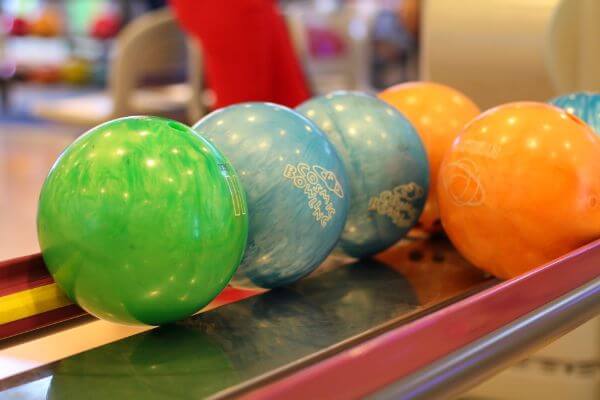Bowling history may be as old as the earliest civilizations along the Nile, yet the sport has still attracted multitudes of young and old to deliver a ball down the alley for a strike.
The game of bowling can be traced back to the ancient Egypt. When Sir Flinders Petrie, a British Anthropologist, discovered a childs burial place in Egypt, he also uncovered remains of toys which studies revealed to be a game very much similar to bowling. The artifacts had dated at least 7000 years into the past, showing considerable evidence that earlier civilizations had enjoyed a sort of bowling-like sport.
Perhaps the strongest candidate for the bowling history was the German culture. In ancient Germany, peasants declare themselves free of sin by sticking a wooden club called Kegel into the earth. Then the peasant would try to knock the Kegel down by rolling a stone. And if he succeeds in knocking the Kegel, he is considered as free of sin. This had been a secular practice but eventually it moved out of the church to become a sport that the common German people enjoyed.
Martin Luther standardized the game with nine pins and called it Kegel. A wooden ball has replaced the stone and multiple pins were used to replace the Kegel. From Germany, the game spread over the neighboring countries. And from outdoors, the sport also had moved indoors, into taverns and inns and specifically made sheds with lanes of wood or sun baked clay. There had been variations of the game as well, like the French Petanque, the British Lawn Bowling, and the Italian Bocce.
Bowling was widespread during the renaissance in the old world. Bowling greens have appeared on wealthy European aristocrats. Bowling shoes and attire are displayed in the public and ladies are modeled wearing bowling attire. At some time, the English king Edward allegedly outlawed the game because his troops were more interested in bowling than the archery practice.
During the days of colonization, bowling made it to the New World by European immigrants. Bowling of that time became so widespread in taverns and inns, so naturally, taverns and inns in the New World would also host bowling alleys. It was believed that the Dutch immigrants were mostly responsible for the propagation of bowling in the US, especially the nine-pin setting.
As America gained independence, bowling also became one of the dominant games in the US. Bowling alleys have sprung up in crowded cities, until it became a focal point in crime, gambling and extortion. Eventually, the nine-pin games of bowling were banned; to get around the law, the ten-pin bowling was invented and bowling continued to thrive.
The American Bowling Congress (ABC) was formed in 1895, a national federation of bowling clubs. Under its leadership, bowling continued its popularity. With the advent of the automatic pin-setting machine, bowling further pick up its fame. Today, the ABC estimated there are 50 million bowlers nationwide. Bowling history has its roots from the ancient civilization but the branches had reached out clearly into our era.
About the Author
For more sport related articles and information including a selection of golf articles and information and fishing articles and information visit Articles.net.au – Your source for free Articles, Information and Website Content.




















